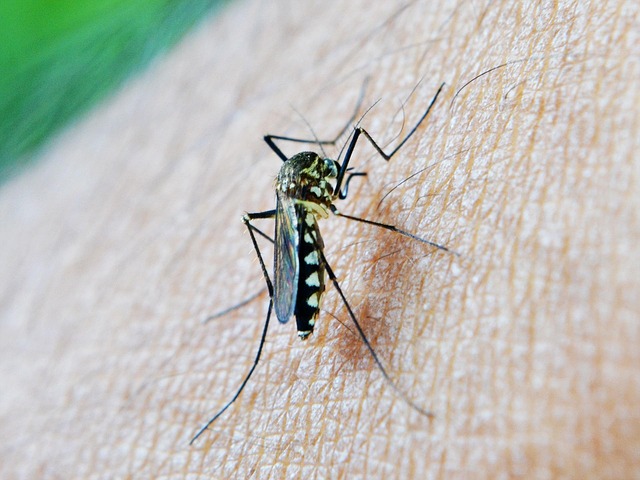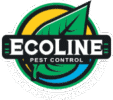Effective Strategies for Mosquito Control in Residential Areas

Mosquitoes are more than a seasonal nuisance, they are disease carriers, rapid breeders, and resilient invaders of both outdoor and indoor spaces. In residential areas, especially during the warmer months, these pests become persistent problems that affect quality of life and personal safety. While store-bought sprays and candles offer temporary relief, they often fail to address the root of the issue: mosquito breeding and sheltering conditions around the home.
Effective mosquito control requires a proactive and layered approach. By combining environmental management with strategic interventions, homeowners can significantly reduce mosquito populations and minimize the risks associated with bites and disease transmission. This article outlines the most reliable methods for residential mosquito management, grounded in eco-conscious and proven techniques.
Understanding Mosquito Behavior Around the Home
To control mosquitoes effectively, it’s essential to understand their habits. Mosquitoes are drawn to areas with standing water, shade, and sources of carbon dioxide, which signals the presence of potential hosts. Female mosquitoes lay eggs in even the smallest pools of stagnant water, including birdbaths, clogged gutters, planters, and pet bowls.
Residential yards often provide a perfect mix of breeding grounds and feeding opportunities. Mosquitoes rest under deck furniture, in shrubs, or along exterior walls during the day, emerging in the early morning or evening to feed. Unlike some pests that enter from far away, mosquitoes tend to live and reproduce close to where they hatch, meaning local control is both possible and impactful.
Environmental Modifications That Make a Difference
Mosquito control starts with changing the conditions that attract and sustain them. Eliminating standing water is the single most important step. Mosquito eggs can hatch within days, and larvae quickly mature when temperatures are high.
Key environmental changes include:
- Remove standing water: Regularly empty or treat birdbaths, planters, kiddie pools, and pet bowls
- Maintain gutters and drains: Clear debris from gutters and downspouts to prevent water buildup
- Trim overgrown vegetation: Keep grass, shrubs, and hedges well-maintained to limit resting sites
- Store containers upside down: Buckets, toys, and unused pots should not collect rainwater
- Fix leaky outdoor faucets: Moist soil around leaky fixtures can create hidden breeding areas
These changes not only reduce mosquito presence but also support broader pest prevention. Homes that embrace layered pest protection strategies often see fewer infestations across multiple pest types, not just mosquitoes.
Strategic Use of Mosquito Control Treatments
When environmental modifications are not enough, targeted mosquito control treatments become essential. Professional technicians typically rely on a mix of barrier sprays and larvicides that are applied to high-risk zones around a home.
Barrier treatments create an invisible shield by applying product to foliage, shaded areas, and the perimeter of the property. This deters mosquitoes from resting and breeding near the home. Meanwhile, larvicides are used to treat water sources that cannot be removed, such as ornamental ponds or rain barrels, safely stopping mosquito development at the larval stage.
Unlike consumer-grade solutions, professional-grade treatments are measured, eco-conscious, and tailored to your property’s unique layout. This balance is particularly important for families with children, pets, or gardens. Adopting eco-friendly control practices not only protects your household but also preserves beneficial insects and the surrounding environment.
Timing and Monitoring Are Critical
The effectiveness of mosquito control depends heavily on when and how consistently it is applied. Mosquito populations increase rapidly when weather conditions support breeding, especially after rain or irrigation. Acting early in the season helps suppress population growth before it peaks.
Continual monitoring is just as important. Regular inspections of water-prone zones and shaded areas allow for early identification of potential problems. Mosquitoes are incredibly adaptable, so control plans must evolve based on weather changes, new breeding sites, and patterns of activity.
Ongoing treatments during high-risk months, typically late spring through early fall, can drastically reduce the number of adult mosquitoes. By layering seasonal monitoring with routine treatments and yard maintenance, homeowners can avoid the frustrating cycle of recurring outbreaks.
Why Professional Oversight Offers Lasting Results
While it may be tempting to rely on DIY products, professional mosquito control offers deeper, longer-lasting protection. Experts are trained to identify hidden breeding zones and apply treatments that disrupt the full mosquito life cycle, not just the adults. They also use calibrated tools to ensure that treatments are effective without being excessive or harmful to other parts of the ecosystem.
Mosquitoes reproduce quickly, and controlling them requires more than visible solutions. Larvae often hide in overlooked spaces, and adults may find rest in elevated areas or under structures. Professional teams understand these behaviors and approach control with a combination of biological understanding and technical precision.
Reclaim Your Outdoor Comfort, One Step at a Time
Don’t let mosquitoes take over your yard or put your family at risk. With the right strategies and expert guidance, it’s possible to reduce mosquito activity and enjoy your home’s outdoor spaces again. For personalized mosquito control that works with your property and values, contact Ecoline Pest Control.


